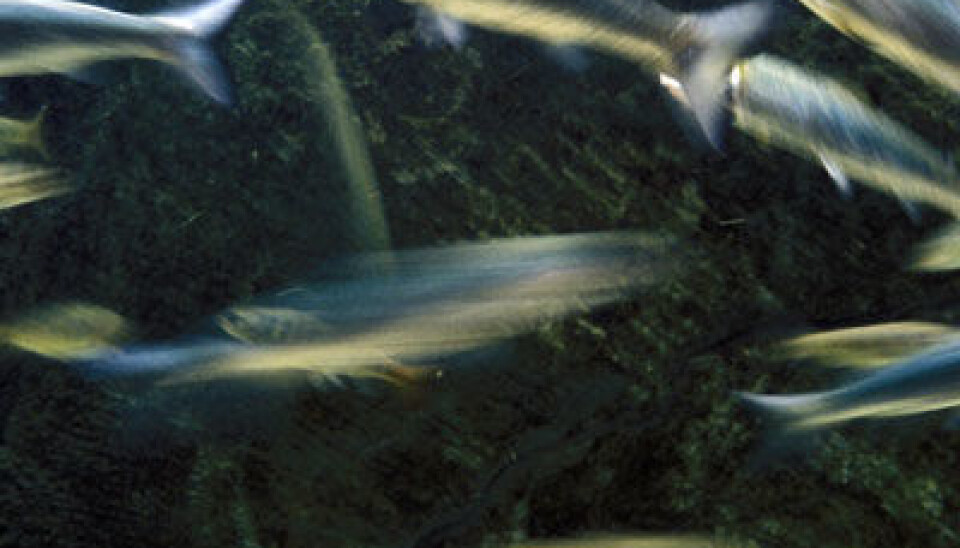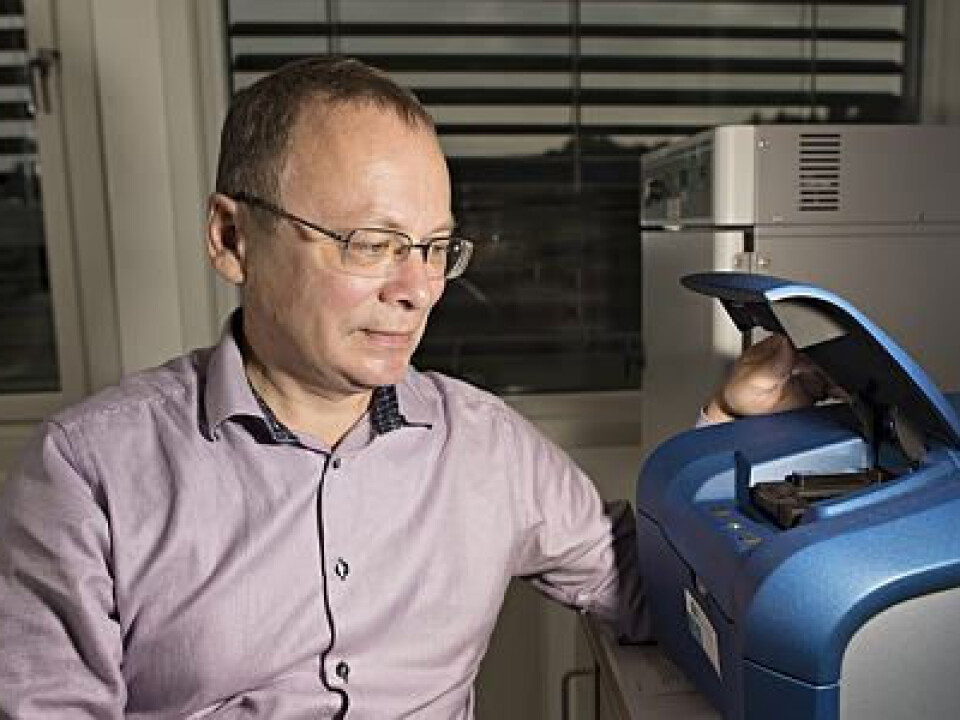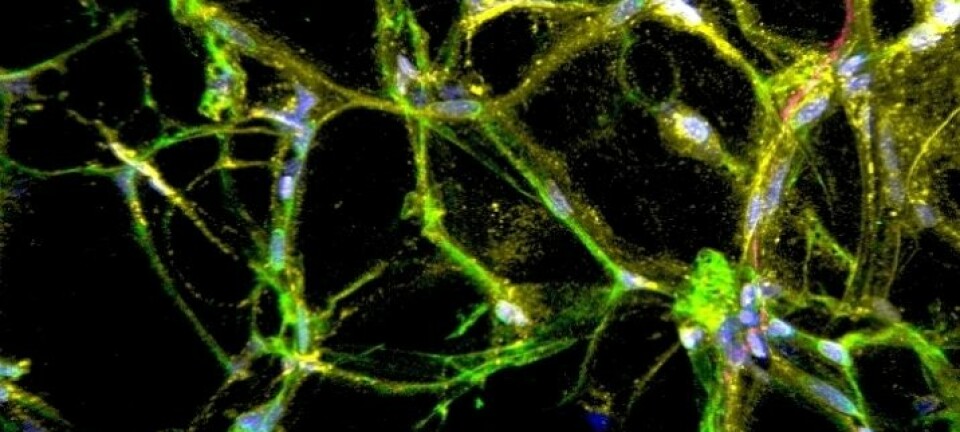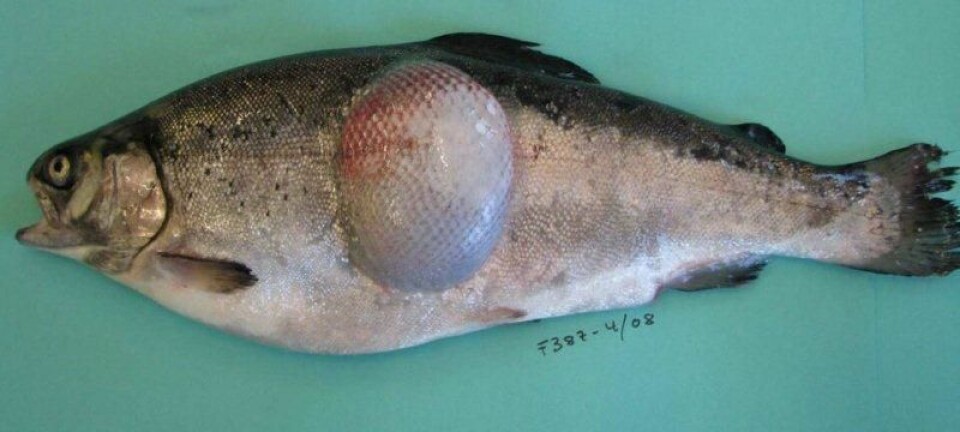This article was produced and financed by Nofima The Norwegian Institute of Food, Fisheries and Aquaculture Research

Studying fish health via genes
Scientists are using a recently developed genomic tool to identify why some salmon are more resistant to lice than others.
Denne artikkelen er over ti år gammel og kan inneholde utdatert informasjon.
“The methods are based on microarrays that enable us to study expression of thousands of genes at the same time,” says Senior Scientist Aleksei Krasnov.
The aim of this research is to find what the genes can tell us about fish health and to identify differences in the gene expression of healthy versus sick fish.
Genetic resistance to salmon lice
Salmon lice is currently dealt with largely by treating fish with medications. However, there is a strong desire to use biological methods (e.g. wrasse) or breeding of fish with increased resistance to lice.
“We didn’t know why some fish were more or less resistant to lice before we performed the analyses of the gene impressions,” says Aleksei.

He now has a better understanding of why some salmon are more easily infected by lice than others.
The scientists conducted challenge experiments to identify the genes that control resistance to salmon lice.
They established a lice infection model at Tromsø Aquaculture Research Station, which was used in the experiment.
The fish were divided into three groups. One group received feed containing the sex hormone testosterone, the second received estrogen and the third was a control group.
When the feeding ended, the fish were pooled and infected.
“It was proven that salmon fed estrogen were far more resistant to lice, and analyses of the gene expressions showed specifically which genes were important to increase this resistance,” says Krasnov.
Used sexual maturation
However, there are many reasons, both ethical and commercial, why giving fish estrogen to increase resistance will never be an option, including the fact that estrogen leads to earlier onset of sexual maturation.
Sex hormones were used only as a tool to identify the genes that changed expression, and the changes in gene expression indicated which genes contribute to increasing resistance to salmon lice.



































